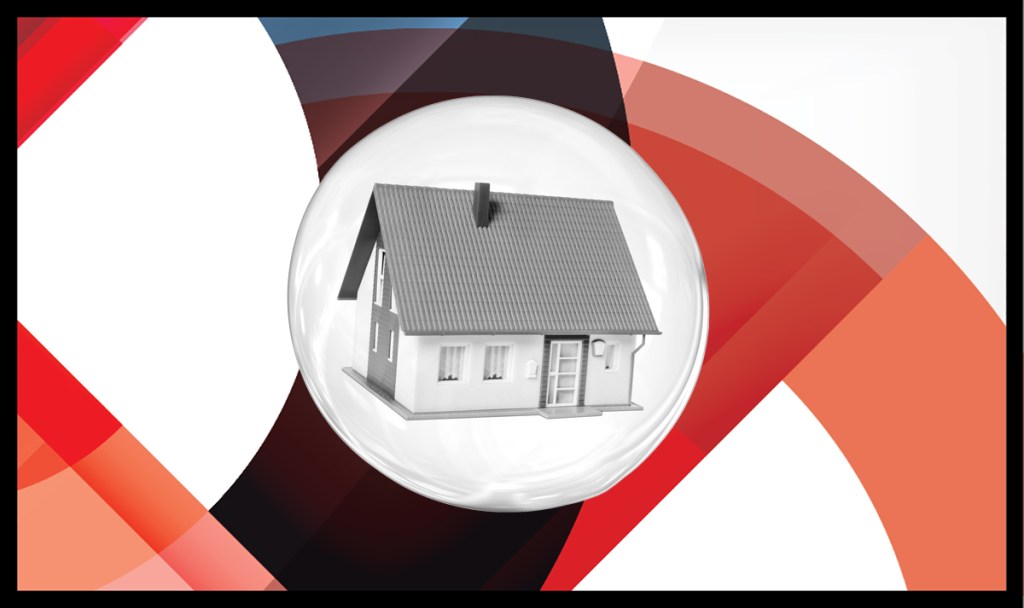
Remember that pretty girl from your history class in college — the one who would blow hot and cold, so you never really knew what she was thinking? The U.S. housing market can be like that girl: you can get many mixed messages (especially about a housing bubble) unless you are paying attention. But who has time for that? Hey, that’s all I do, so you’ve come to the right place.
The latest messaging is that the Federal Reserve is creating a housing bubble by keeping rates so low that prices can skyrocket. Or that Americans who recently purchased homes are going to get all their equity wiped out when housing prices take a nosedive. Recently, CNBC contributor Peter Boockvar was quoted in Trading Nation as saying:
“I feel bad for the people who bought homes over the past year because they’re the ones that paid the very elevated prices.” The article goes on to say that “He singles out those who put down 5% amid historically low mortgage rates. If home prices correct by 10%, Boockvar sees a world of pain.”
A world of pain because a purchaser had the financial wherewithal to buy a home for their family during a time with historically low mortgage rates? Really?
To be fair, there is potential for pain if one purchased a home at the “top of the market” with a very low down payment right before a job-loss recession. This is one of the risks of “late-cycle lending.” Taking on debt, with little selling equity, then losing your means of repaying that debt is a crappy situation for anyone — and if it happens to a bunch of people at once, it’s even worse. But how likely is that scenario in the current market?
The factors that would need to be present to cause that pain are the following:
- Recent housing prices represent the top of the market.
- Recent purchases were made with no or a meager down payment, so new homeowners have little equity.
- We are going into a job-loss recession, so current homeowners have a high likelihood of losing their income stream.
The first condition: Housing prices are at the top of the market
Let’s look at the evidence for the first condition — that housing prices are at or near the top of the market.
I have talked about home-price growth during the years 2020 to 2024 because this is a period with the best demographics for home buying ever in our history. I have talked about if home prices would grow by up to 23% during this time due to our stellar demographic profile, it would be manageable.
Unfortunately, we have already achieved that level of price growth in 2020-2021. In my perfect world, we would have flat to negative home-price growth until 2025 to offset the home-price growth we have already seen. However, the real world doesn’t work that way. We have three more years of stellar demographics to drive demand which could lead to more unhealthy price growth during a time with historically low mortgage rates.
I can hope we have reached the apex of price gains, but is that likely? No, that’s not reasonable. The growth rate cools down, yes, but the very peak is not expected.
The shortage of homes on the market is another factor forcing prices to go up much faster than I am comfortable with. Housing tenure, which was five years from 1985-2007, has doubled from 2008-2021. In some parts of the U.S., people are staying in their homes for over 15 years. (I’m one of those people!)…(Article continued on HousingWire.com)
This article was originally published by HousingWire. The full article is available on HousingWire.com for HW+ Members.



